I went ahead and developed an excellent recap of the “best of 2007″ chrisperruna.com educational articles. I am not including entries written about specific stocks as they can be found by doing a simple search using their ticker symbols.

If you missed anything from 2007 or are a new reader, here’s a second chance to digest some of the most talked about material from the past year. The articles are listed starting in January 2007. Some great material can be found throughout this post!
Happy New Year!
January
- Understand the ‘M’ in CANSLIM
- Use PEG Ratio instead of P/E Ratio
- How to Calculate a Stock’s Pivot Point
- Can you TRUST Talking Heads, I mean analysts?
- Do Not use Fundamental Analysis Alone!
February
March
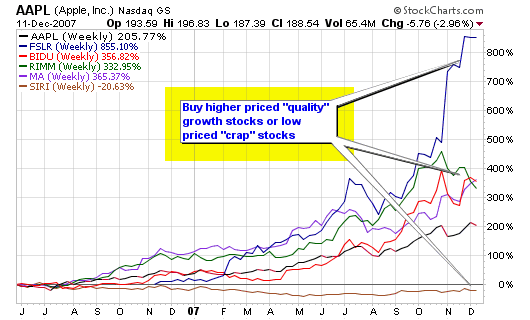

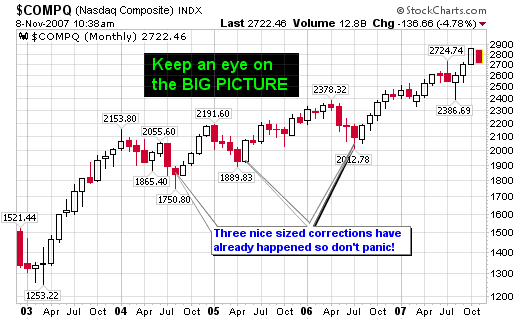
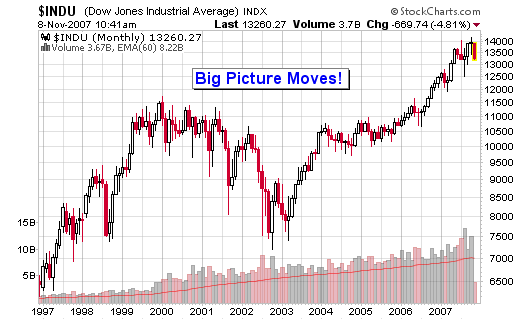
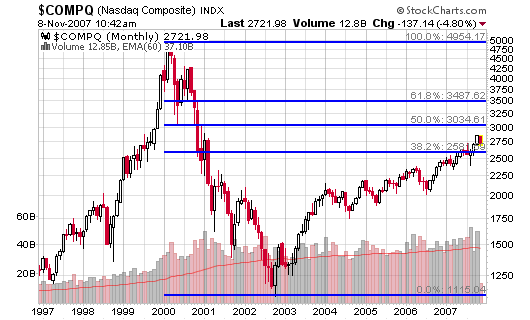

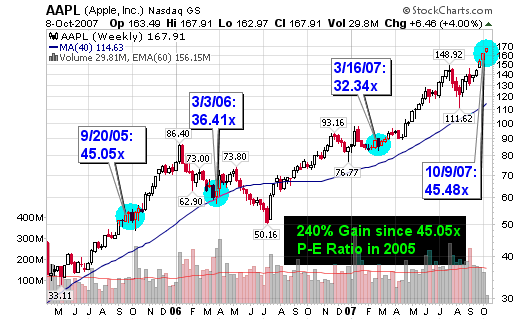

Connect with Me